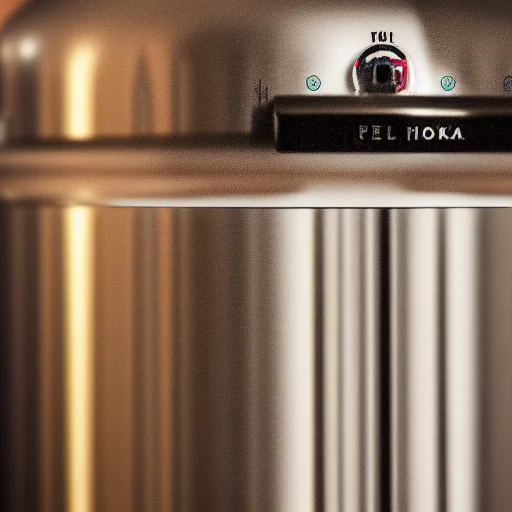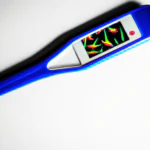Table of Contents
What temperature should a water heater be set at?
Most people don’t think about their water heater until it’s too late. That’s why it’s important to know the proper temperature to set your water heater at to avoid any potential accidents.
The recommended temperature for a water heater is between 130 and 140 degrees Fahrenheit. Anything outside of that range could be dangerous for you and your family. For example, if you turn the temperature up too high, you run the risk of burns. But if you turn it too low, you could also be opening yourself up to danger.
What’s the best way to keep your water heater at a safe temperature?
Check the manufacturer’s instructions to see what they recommend. If you’re still not sure, err on the side of caution and set it at the lower end of the range. That way, you can always turn it up if you need to, but you won’t have to worry about accidentally scalding yourself or anyone else.
If you have young children in your home, it’s also a good idea to install a water heater safety device. This will help prevent them from turning the knob to a higher temperature and getting hurt.
By following these simple tips, you can help keep your water heater at a safe temperature and avoid any accidents.
Is 130 too hot for water heater?
Most people believe that the hotter their water is, the cleaner it will be. While hot water can help to remove dirt and grime more effectively, it can also be dangerous if the temperature is set too high. A water heater set at 130 degrees Fahrenheit is the ideal temperature for both safety and cleaning purposes.
Hot water that is too hot can cause severe burns, especially for young children and the elderly. Even a momentary contact with water that is 140 degrees or higher can result in third-degree burns. That’s why it’s important to make sure your water heater is never set higher than 140 degrees.
While you may think that setting your water heater to a lower temperature will save you money on your energy bill, it can actually be more dangerous than helpful. Water that is too cold can promote the growth of bacteria, which can lead to serious health problems. The CDC recommends that the water heater be set to 130 degrees to prevent the growth of bacteria.
If you’re not sure what temperature to set your water heater, it’s best to err on the side of caution and keep it set to 130 degrees. This will ensure that your family is safe from both burns and bacteria.
What temperature kills bacteria in water heater?
It’s no secret that hot water can kill bacteria – that’s why boiling water is such an effective way to cleanse things. But what temperature is required to actually kill bacteria in water?
According to experts, the minimum temperature required to kill bacteria in water is 120 degrees Fahrenheit. So, if you’re looking to eliminate any potential health concerns, it’s best to keep your hot water heater set at this temperature.
Interestingly, this isn’t the only reason to keep your hot water heater at 120F. In fact, water that is too hot can actually be dangerous. Water that is over 140F can cause severe burns, so it’s important to be careful when setting the temperature on your hot water heater.
Overall, setting your hot water heater to 120F is the best way to ensure that your water is both safe and bacteria-free. So, if you’re looking to protect your health, make sure to set your hot water heater to this temperature today.
What temperature should bath water be for elderly?
As we age, our skin becomes thinner and less elastic. This makes us more susceptible to burns, especially from hot water.
It’s important to take precautions to avoid scalding injuries. When bathing or showering, always turn the cold water on first and off last. Use a thermometer to check the water temperature before getting in. A safe range is between 38°C and 43°C (100°F and 109°F).
If you have any concerns about your skin’s sensitivity, talk to your doctor or dermatologist. They can help you determine the best course of action to take to avoid burns.
How hot is shower water?
While a hot shower can feel great, there are actually many benefits to turning the water temperature down a few degrees. For one, it can help save money on your water bill. In addition, cooler water is often better for your skin and hair, as it can help to lock in moisture and prevent irritation. Finally, cooler water can also be better for your overall health, as it can help to prevent overheating and dehydration. So, next time you step into the shower, consider turning down the heat and reaping all of these amazing benefits.
Why is the water in my shower not hot enough?
If you’re like most people, you probably enjoy a nice hot shower to start your day. But what do you do when the water temperature just isn’t hot enough?
There are a few possible reasons for this problem.
- Check to see if the water heater is set to the correct temperature. If it is, then the problem may be with the mixing valve. Over time, the rubber parts in the mixing valve can become worn down, which can cause the water to be less hot than it should be. Replacing the mixing valve is usually the best solution in this case.
- Another possibility is that there is a problem with the hot water line itself. This is especially likely if you notice that the water is only lukewarm, rather than completely cold. There are a few things that can cause this, such as a blockage in the line or a leak. In either case, it’s best to have a professional take a look at it to determine the best course of action.




